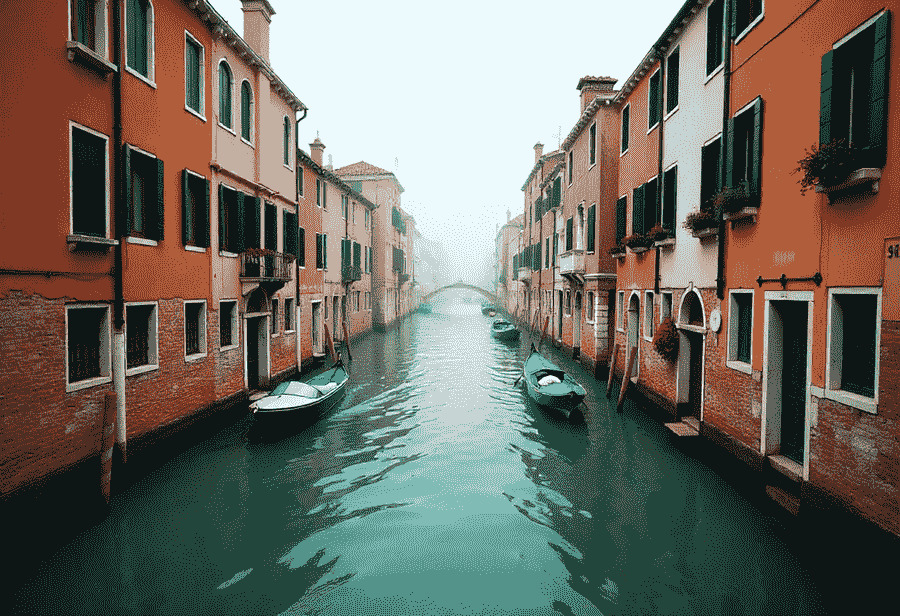Home » TOURISM NEWS » UK, Italy, Spain, How Day-trippers And Surging Visitor Numbers Have Pushed A World-famous City To Its Limits, Triggering Calls For Urgent Action
Published on
August 10, 2025 |
UK, Italy, and Spain are at the center of growing concerns as record-breaking summer tourism overwhelms some of Europe’s most iconic city-break destinations. With millions of visitors, many of them day-trippers, flocking to historic landmarks like St. Mark’s Square and the Rialto Bridge, overcrowding and congestion have reached critical levels. This surge has sparked intense debate about how to balance tourism with preserving the quality of life for locals and the experience for travelers, revealing a stark reality beneath the postcard-perfect images of these beloved cities.
Venice, the enchanting city of canals and timeless beauty, has long been a magnet for travelers from across the globe. Its winding waterways, historic architecture, and romantic ambiance make it one of Europe’s most beloved destinations.Behind the picture-perfect scenes showcased in countless travel ads, a rising strain is emerging — revealing a harsher, more complicated reality driven by a massive influx of tourists. A recent visitor’s account has sparked a fierce debate online, shedding light on the challenges Venice faces in balancing its appeal with sustainable tourism.
In the past year, Venice saw an extraordinary arrival of nearly 20 million visitors, vastly outnumbering its local residents. With around 260,000 locals living in the historic center and its surrounding islands, the sheer volume of visitors has created undeniable pressure on infrastructure, the environment, and everyday life. This imbalance has led to urgent calls from residents, environmentalists, and policymakers for stringent measures to protect the fragile ecosystem and cultural heritage of the city.
One of the most striking features of Venice’s tourist profile is the high proportion of day-trippers. It is estimated that nearly seven out of every ten visitors spend less than 24 hours in the city, arriving mostly by cruise ships, trains, or buses, and often staying just long enough to snap a few photos before departing. This influx of transient visitors creates intense crowding in key hotspots such as The crowds around St. Mark’s Square and the Rialto Bridge have caused significant congestion, reducing the quality of the experience for visitors.
In response to this challenge, Venice introduced a controversial tourist tax aimed at regulating the flow of visitors and generating revenue to support preservation efforts. The tax, originally planned for a shorter period, has been extended through the summer months, signaling the city’s commitment to curbing the negative impacts of overtourism. From April 18 to July 27, tourists visiting Venice for a single day are required to pay a surcharge of €5. However, if visitors fail to make an advance reservation, the fee doubles to €10 — roughly £8.34 — a substantial amount for many travelers.
Despite these measures, the tax does not appear to have significantly deterred the steady stream of tourists. Venice continues to see crowds flooding its narrow streets and picturesque squares, making it clear that managing visitor numbers is a complex issue that cannot be solved by fees alone. The challenge is further compounded by the city’s reliance on tourism as a critical component of its economy, supporting thousands of local businesses, restaurants, and hotels.
The situation has also prompted fears among other popular tourist destinations in Europe, particularly the Spanish islands, where authorities worry about potential declines in visitors from key markets such as the UK. Concerns are growing that additional restrictions or increased travel costs could discourage tourists, impacting local economies heavily dependent on seasonal travel.
For those seeking a more authentic and peaceful experience away from the bustling crowds, Venice offers a variety of quieter alternatives. One such place is Murano, an island renowned for its centuries-old tradition of glassmaking. Located away from the frenetic energy of Venice’s central piazza, Murano provides a serene retreat where visitors can appreciate artisanal craftsmanship, stroll along tranquil canals, and enjoy a slower pace of life.
Jen, a traveler who recently visited Venice, decided to escape the typical tourist frenzy by exploring Murano. Her experience highlights a different facet of the Venetian lagoon—one less dominated by selfie sticks and souvenir shops, and more focused on culture and calm. It is these lesser-known parts of the city that many hope more tourists will discover, helping to ease the strain on the main island while spreading the economic benefits more evenly.
Yet, Venice’s dilemma is not unique. Cities worldwide grapple with the consequences of mass tourism, trying to find the right balance between welcoming visitors and preserving local life. In Venice’s case, the combination of its delicate environment, historic significance, and overwhelming popularity presents a particularly daunting challenge. Rising sea levels and frequent flooding add an additional layer of urgency to efforts aimed at sustainable tourism management.
Local officials are considering further steps beyond the tourist tax, including limiting the number of cruise ships allowed to dock in the lagoon and enhancing infrastructure to better accommodate visitors. There is also a push to encourage longer stays rather than day visits, promoting in-depth exploration and appreciation of Venice’s rich history and culture.
The story shared by Jen and others like her serves as a reminder that behind Venice’s breathtaking beauty lies a city struggling to maintain its identity in the face of relentless demand. It prompts reflection on how tourists can travel more responsibly—choosing to respect local customs, supporting smaller businesses, and exploring less crowded areas to reduce pressure on hotspots.
UK, Italy, and Spain are facing unprecedented summer crowds that are overwhelming popular city-break destinations. This surge is causing severe congestion and sparking urgent calls for sustainable tourism solutions.
As Venice continues to navigate these complex issues, one thing remains clear: the city’s future depends on finding sustainable solutions that honor its past while ensuring it remains a vibrant and welcoming place for generations to come.
